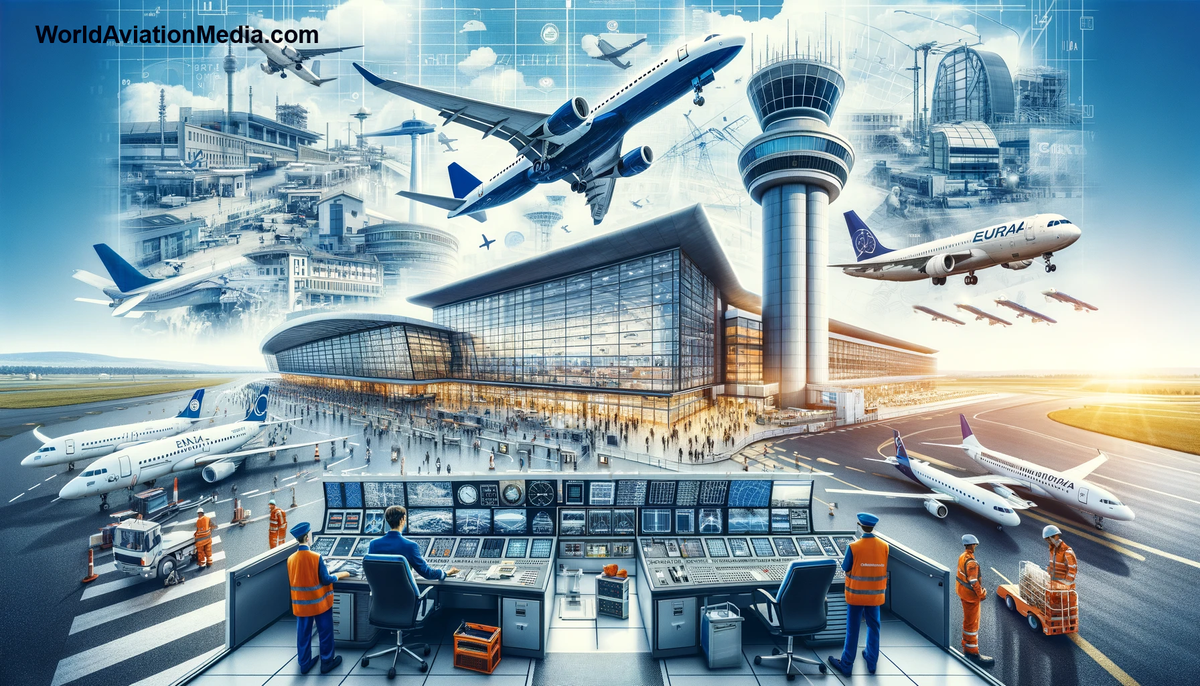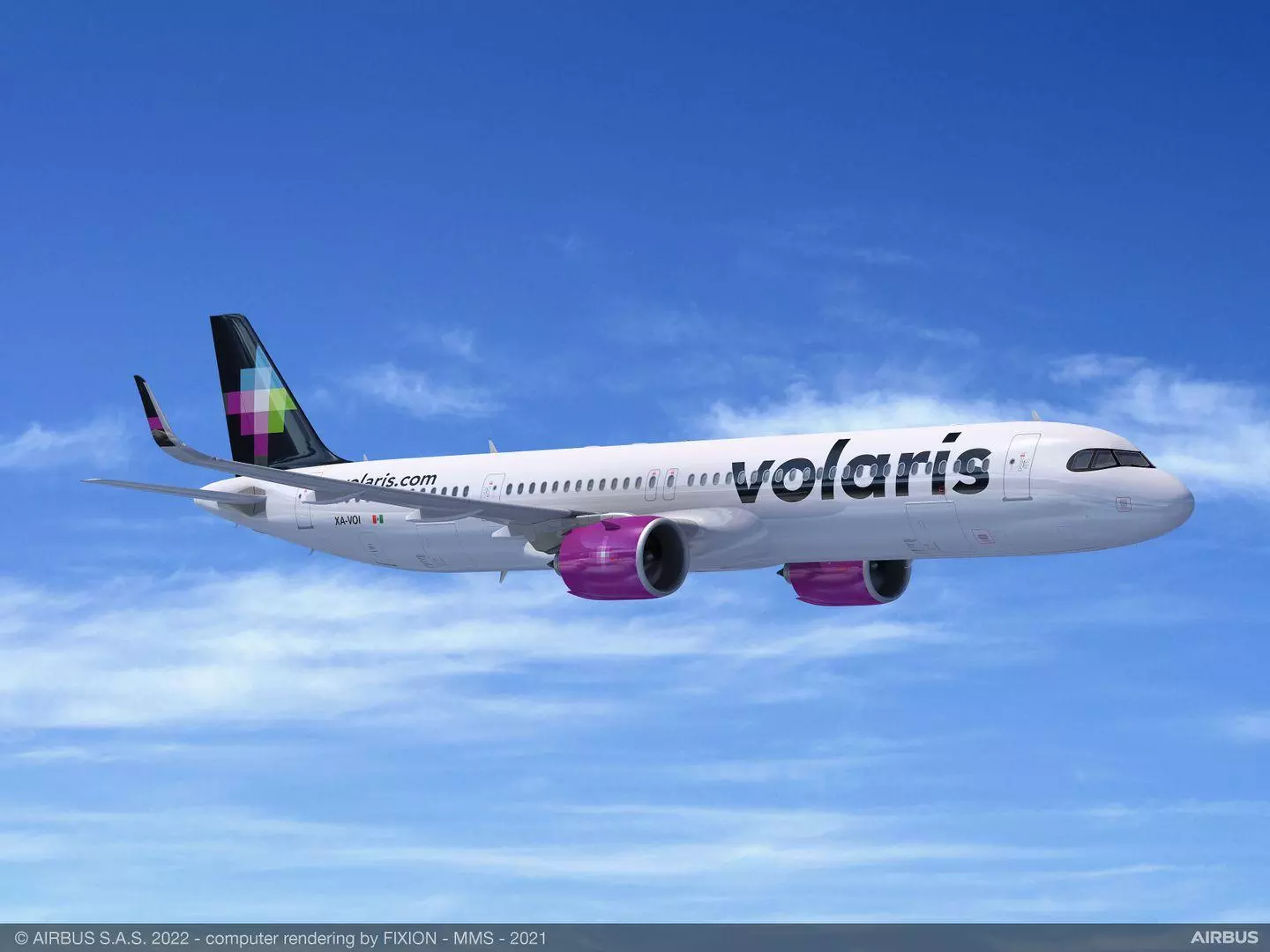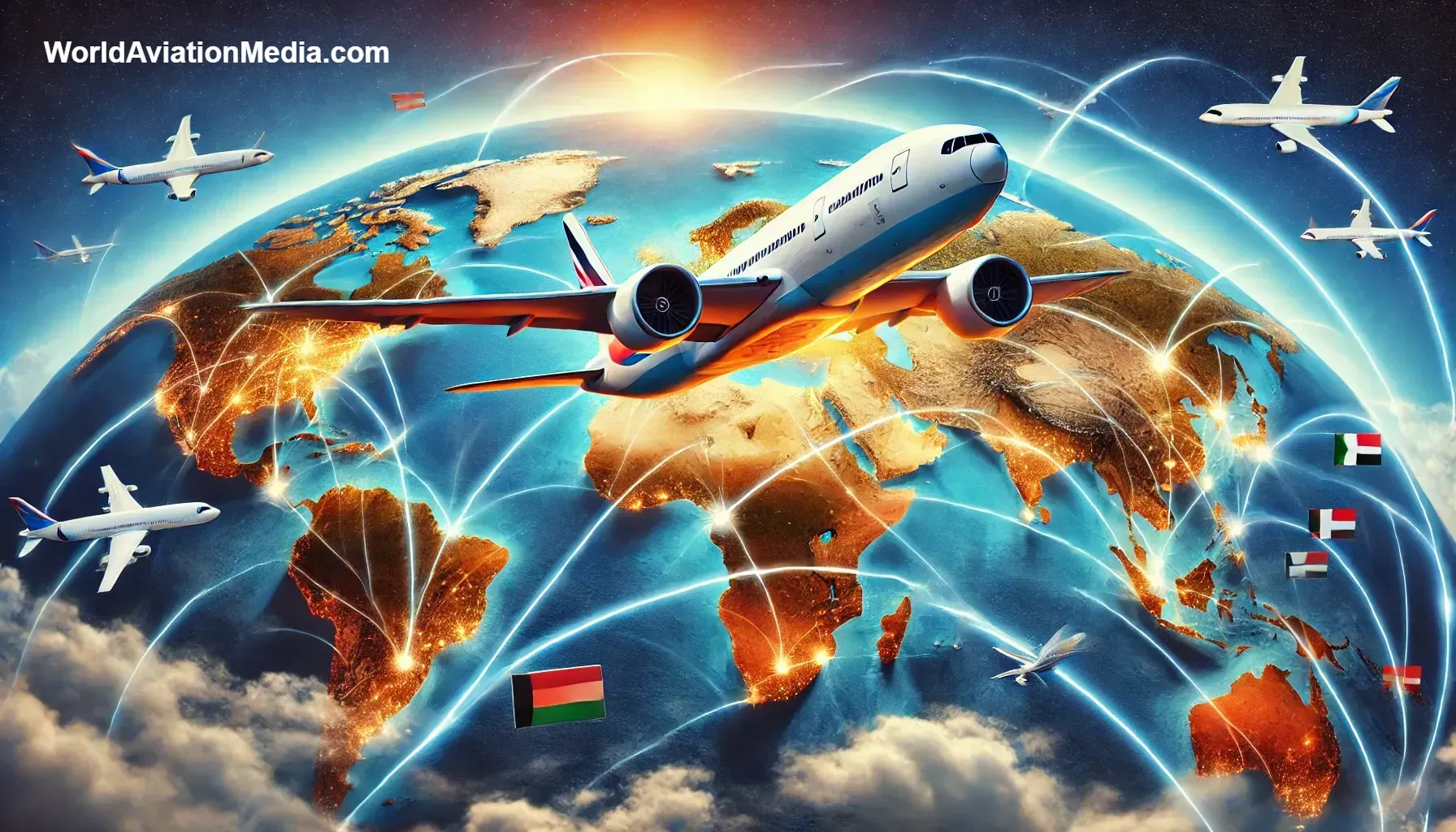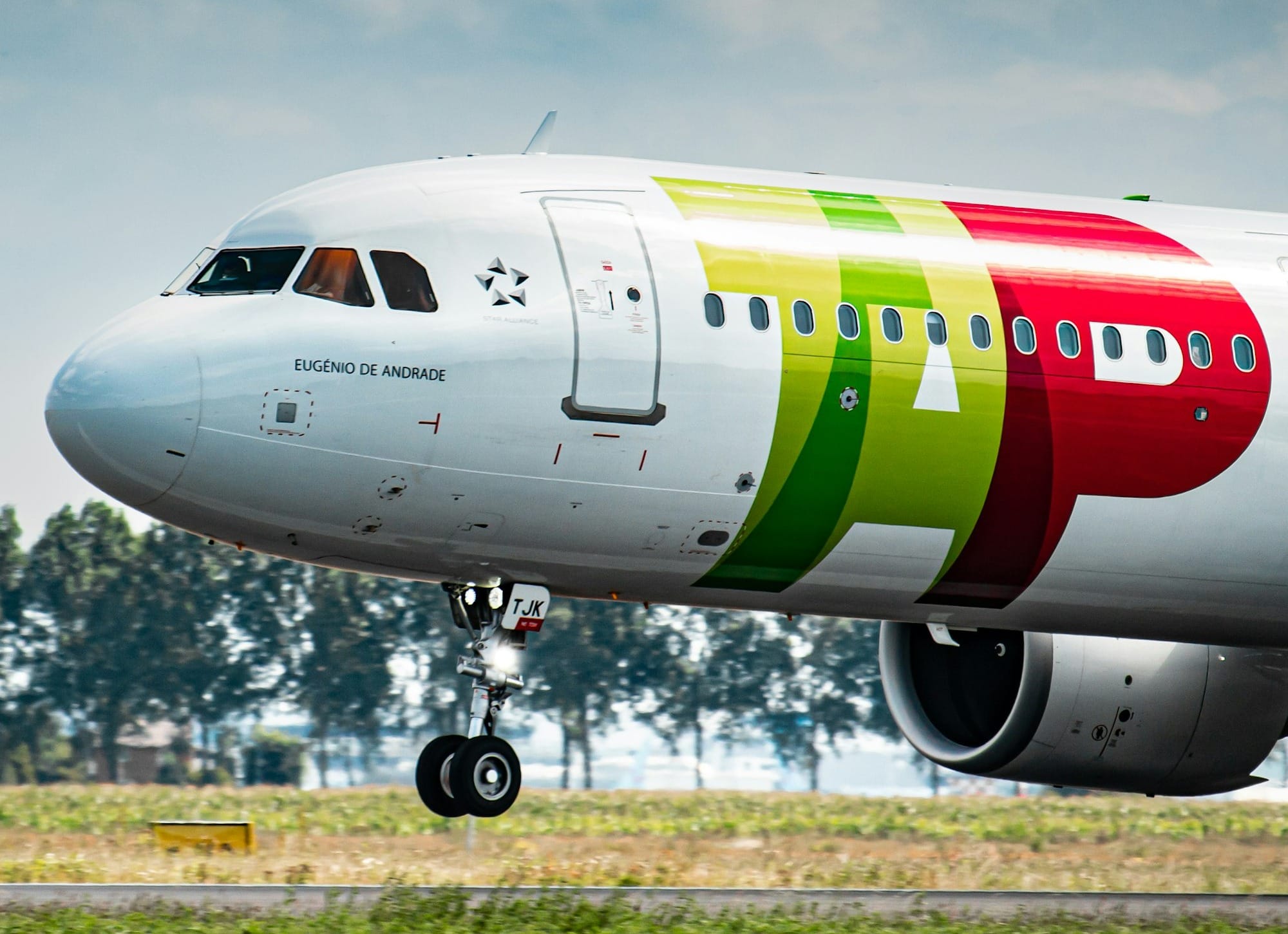Streamlining EU Travel: IATA's New Council Recommendation
In a significant move to streamline travel into the European Union, IATA has released a new Council Recommendation that promises to reshape the travel landscape.


Streamlining EU Travel: IATA's New Council Recommendation
Key Takeaways:
- The International Air Transport Association (IATA) has released a new recommendation to simplify travel into the European Union.
- The recommendation focuses on enhancing airline and airport services to improve the travel experience.
- The initiative aims to standardize travel procedures across EU member states, making it more efficient and user-friendly.
The International Air Transport Association (IATA) has been at the forefront of facilitating global air travel and ensuring that the skies remain open, safe, and efficient for all. In a significant move to streamline travel into the European Union, IATA has released a new Council Recommendation that promises to reshape the travel landscape. This editorial delves into the intricacies of this recommendation, its implications for airlines and airports, and the overall impact on the travel industry and passengers.
Understanding IATA's Role in Global Air Travel
The International Air Transport Association is a linchpin in the aviation industry, representing some 290 airlines and 82% of total air traffic. IATA's mission is to lead, represent, and serve the airline industry, and its influence is pivotal in advocating for the interests of airlines across the globe. The organization's efforts in setting technical standards, crafting policies, and providing essential services are crucial for the industry's infrastructure and operations.
The New EU Council Recommendation
IATA's new EU Council Recommendation is a testament to the organization's commitment to enhancing the travel experience. This initiative is designed to simplify the process of traveling into the European Union by standardizing procedures and requirements across member states. The recommendation aims to address the complexities and inconsistencies that travelers often face, which can lead to confusion and delays.
Impact on Airline Services
Airlines are expected to benefit significantly from the new recommendation. By streamlining travel procedures, airlines can look forward to more efficient operations, reduced administrative burdens, and potentially increased passenger satisfaction. The recommendation encourages the adoption of digital solutions and harmonized measures that can lead to smoother and faster check-in and boarding processes.

Enhancing Airport Services
Airports, as critical touchpoints in the travel chain, stand to gain from the implementation of IATA's recommendation. Improved coordination and standardized practices can lead to better resource management and a more seamless passenger flow. Airports will be able to optimize their services, from security checks to baggage handling, ensuring that travelers have a more pleasant and stress-free experience.
The Role of Technology in Streamlining Travel
Technology is a cornerstone of IATA's vision for a streamlined travel experience. The recommendation promotes the use of digital tools and data-sharing platforms to facilitate smoother travel. This includes the adoption of biometric identification, mobile applications for travel documentation, and real-time information sharing among stakeholders.
Economic Implications for the EU
The harmonization of travel procedures is not just a matter of convenience; it has significant economic implications for the European Union. By making travel into the EU more accessible and efficient, the region can expect to see a boost in tourism and business travel, which can contribute to economic growth and job creation.

Advertising
The Passenger Experience
At the heart of IATA's recommendation is the passenger experience. The proposed changes are geared towards making travel into the EU less daunting and more enjoyable. From reduced waiting times to more predictable travel procedures, passengers can look forward to a more streamlined journey.
Challenges and Considerations
While the recommendation is a step in the right direction, its implementation may come with challenges. Coordination among EU member states, compliance with regulations, and the integration of new technologies are just some of the hurdles that will need to be addressed. Stakeholders must work collaboratively to overcome these obstacles and realize the full potential of the recommendation.
The Future of EU Travel
The new EU Council Recommendation has the potential to redefine the future of travel into the European Union. As the recommendation is adopted and implemented, we can expect to see a more cohesive and traveler-friendly EU. This initiative could set a precedent for other regions to follow, leading to a more interconnected and efficient global travel network.
Advertising
IATA's Ongoing Commitment
IATA's release of the new EU Council Recommendation is a clear indication of the organization's ongoing commitment to improving the travel experience. By advocating for the interests of airlines, airports, and passengers, IATA continues to play a vital role in shaping the future of air transport on a global scale.
Summary
The International Air Transport Association's new EU Council Recommendation marks a significant step towards streamlining travel into the European Union. By focusing on airline and airport services, the recommendation aims to standardize procedures, enhance the use of technology, and improve the overall passenger experience. While challenges lie ahead, the potential benefits for the travel industry and the EU's economy are substantial. IATA's initiative is a promising development for the future of air travel.



